Annotation
- How to properly cleanse your skin at home?
- Stages of cleansing
- Cleansing for different skin types
- What can be used for cleansing?
Cleansing is the first and most important stage of basic care. Its health depends on the cleanliness of the skin. If dirt particles accumulate on its surface, dead keratinized cells remain, and the produced sebum is not removed, problems may arise. Most often these are rashes, irritation and oily shine.
Getting rid of these consequences is much longer and more difficult than preventing them and properly cleansing the skin. Cleansing is helping the skin:
- elimination of the remnants of produced sebum;
- removal of dead skin cells and cosmetic residues;
- narrowing of pores and regulation of sebum production;
- cleaning pores of clogged dirt.
These actions are the main prevention of skin rashes. Clogged pores not only lead to breakouts, but also accelerate the aging of the skin, thicken its outer layers, and make the color duller. In addition, the skin needs to constantly get rid of keratinized keratinocytes - cells of the uppermost (horny) layer of the epidermis. This is a natural process that allows the skin to renew itself and perform its main functions - protective, transport, and heat regulation.

Properly performed cleansing requires patience, but the result is worth it - skin color and texture improve, inflammations heal faster, and the risk of new ones is reduced. In addition, without good cleansing, the remaining stages of care will be disrupted - toning will not give the desired effect, and moisturizing components will not be adequately absorbed by the skin.
How to properly cleanse your skin at home?
High-quality cleansing is possible even at home. To do this, you do not need to have experience as a cosmetologist - the main thing is to take into account the basic rules of this stage of care:
- It is advisable to cleanse the skin twice a day. In the morning, cleansing removes sebum and dust accumulated overnight, and in the evening it removes substances accumulated during the day and prepares the skin for sleep - at night, cell regeneration occurs more actively.
- First of all, remove cosmetics with a special product - milk or micellar water. Do this with smooth movements: do not rub your eyes and skin, but wipe gently, replacing the dirty cotton pad with a new one.
- Wash your face with a product that suits your skin type. Foams and gentle gels are universal - they clean well, removing even the smallest particles of dirt and grease.
- Cleansing is not just washing. A good toner will restore the acid balance of the skin, prepare it for the application of subsequent products, and tighten the pores. Some tonics contain sebum-regulating and bactericidal components that regulate the functioning of the sebaceous glands and disinfect the upper layer of the epidermis.
- It is better to wash your face and carry out the next stages of skin care not right before bed, but about an hour and a half in advance - this will give time for moisturizing and nourishing products to be absorbed and to realize their effect.
Additional products such as scrubs and cleansing masks are also good for cleansing at home. It is better to use scrubs not every day, but two or three times a week, while cleansing masks are suitable for use once or twice a week.
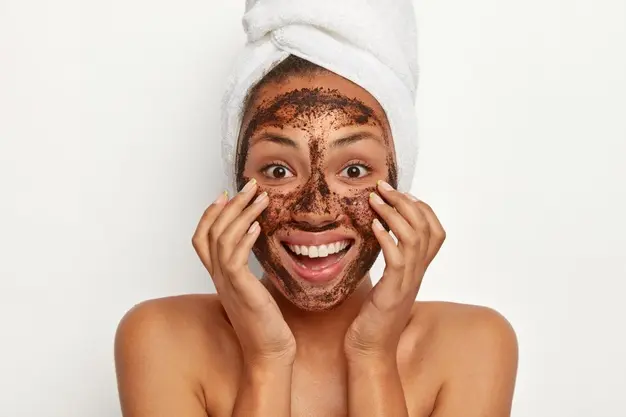
Scrubs have an abrasive effect and mechanically remove impurities from clogged pores. Abrasive particles also stimulate the regeneration of epidermal cells and blood circulation in the facial skin, thereby improving its color. Particles can be large or small, natural or synthetic. This division is important when choosing a product for your skin type.
For example, for oily skin with rashes, the particles should be synthetic and very small so as not to damage the already inflamed skin. Natural particles are usually larger and have an irregular shape, which is why they are considered more aggressive. Scrubs with large particles are recommended for those with any skin type to use no more than once a week.
Cleansing masks differ from nourishing masks not only in their method of application, but also in their principle of action. Most often, these are clay-based masks - when drying, it seems to push out impurities behind it, tightening the pores and drying out existing rashes. If the composition contains moisturizing components, such a product is suitable even for those with very dry skin - the main thing is that the product is hypoallergenic. This is usually indicated on the packaging, but to be sure, you can check the ingredients.
For normal facial skin type, they can be used once a week, for oily and combination skin - twice, especially if the composition contains drying and anti-inflammatory elements. Many masks contain herbal and other natural ingredients - they effectively care for the skin. In this case, the mask can be of any format: on a fabric basis, in the form of a powder that needs to be diluted with water. There are also creamy and oily compositions that harden and come off as a film - they also cleanse the skin well.
There are also peelings - a group of products that contain active ingredients and gently but effectively cleanse the skin. In this case, the active components most often are alpha hydroxy and fruit acids in medicinal concentrations. These are aggressive substances that are not suitable for daily use. For cosmetologists' procedures of the same name, peelings have even more concentrated compositions - they should only be used by cosmetologist specialists, and the frequency of procedures should not exceed once a month.
Peeling products do a good job of exfoliating dead cells and improving microcirculation in the skin. For oily and combination skin types, a salon peeling procedure is recommended once every two weeks. At home, the remedies are milder, so you can carry out this procedure once a week. It is important to remember that acids increase the skin's sensitivity to ultraviolet radiation - you must use sunscreen after such a procedure.
Stages of cleansing
First you need to prepare for washing. You can cleanse your skin before using wet wipes (especially if they are soaked in soothing ingredients), micellar water, a two-phase product, or a gentle cleansing milk. At this stage, the main task will be to remove visible contaminants - decorative cosmetics and dust.
You can use foam or gel to wash your face. Foam has a more gentle effect, does not dry out and is used sparingly. This consistency is best suited for sensitive and dry skin. Foams clean well, and at the same time may contain fairly mild surfactants that do not leave the skin feeling dry or tight.
Cleansing gels are also developed for different skin types. Unlike foams, they have more surfactants in their composition, and therefore are good at removing not only sebum, but also the remnants of makeup removers. Gels are one of the most common forms of cleansers. This is explained by the fact that almost any substance that will work for a specific skin type can be added to the gel base.
It is not recommended to use regular soap for washing. Soap is alkaline, while leather has a pronounced acidic composition. The cleanser should be selected with this factor in mind, since even tap water can be slightly acidic or slightly alkaline depending on the region. There are exceptions - often these are soaps with a special composition, including acids or bactericidal substances. This soap is more often used for oily and problem skin - it is usually prescribed by a dermatologist.
In addition, once or twice a week you can give your skin a “fasting day” - use a mask, scrub, or peeling. It is better if the composition contains natural or organic components - salts, extracts or extracts. Such ingredients gently cleanse and nourish the skin, restoring its healthy color and radiance.
For more serious cleansing - for example, with oily facial skin or an abundance of blackheads - it is better to consult a cosmetologist. Salon cleaning will get rid of enlarged pores, blackheads and other rashes. Peeling will also be useful - this way you can not only improve your complexion, but also lighten spots after rashes. The main thing is that it is a cosmetologist who carries out the cleaning and peeling - this requires special knowledge of how the skin works and how different chemicals act on it. Some formulations need to be mixed right before use - for this you need to know the exact concentration and dosage of the components. Carrying out procedures with such products on your own will be dangerous.

Skin care will be incomplete if, after good cleansing, you neglect toning and moisturizing. The toner will tighten the pores well and stabilize the acidity of the skin, thereby preparing it for the application of serum and cream. In addition, toners make the skin more elastic - especially if it contains active ingredients.
Moisturization is also important, because surfactants in cleansers dry out the skin, causing a feeling of tightness and dryness. Serums and creams with moisturizing ingredients will restore moisture to the skin, making it firmer and more elastic.
Cleansing for different skin types
Each skin type has developed its own defense mechanisms against environmental factors. This has a lot to do with the problems your skin may encounter and the care it takes.
It is advisable to care for oily and problematic skin using hydrophilic oils before washing with gel. For toning, it is better to use products without alcohol, and for moisturizing - without heavy oils, which can clog already overloaded pores.
For dry or sensitive skin, gentle cleansing before washing is very important - neutral micellar water or milk designed specifically for dry skin is suitable. It is better to wash your face with foam, then gently wipe your face with tonic and apply moisturizer. It is very important here not to use aggressive compounds with alcohols or allergens, otherwise the skin can dry out and cause unpleasant irritation.
For combination skin, alternating cleansers is suitable. Excessive use of gels will cause a feeling of dryness, so you need to include foam in your care. For problem areas, it is important to tone and use sebum-regulating products - this will be a good preparation for using spot creams or gels.
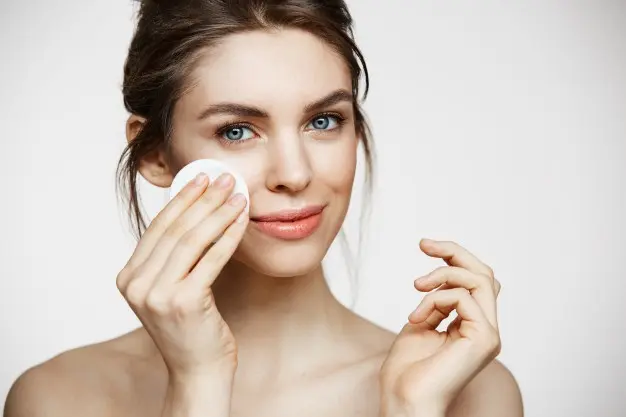
Normal skin type requires greater freedom in choosing the composition. Here you can use foams, scrubs, and milk. The main thing is to cleanse thoroughly at each stage and moisturize the skin well so as not to feel dry.
What can be used for cleansing?
There are many products for cleansing - they have different textures, compositions, and purposes. The main thing to consider when choosing cleansing products is your skin type and the composition of the product. Most often you can find:
- gels. In addition to surfactants, they also include natural extracts and fine abrasive particles for a more thorough clean. Many gels also contain moisturizing ingredients. It’s good if such a cleanser has a pH in an acidic environment;
- foam. They are softer and contain less aggressive surfactants. Manufacturers often call foams mousses - they differ from each other only in texture density;
- micellar water. Micelles gently cleanse the skin of makeup without causing irritation. Often, after using micellar water, a filmy feeling may remain on the skin. Although this is a normal phenomenon for such a composition, after it you must definitely wash your face with a surfactant - a gel is best;
- milk. Milk also gently removes makeup, but plant extracts are often added to the composition, which can be allergens for some people. The best option would be to choose hypoallergenic milk;
- tonics and lotions. The toner may contain bactericidal and drying components that work well against rashes. You can also find moisturizing tonics and products with a small concentration of acids - they have not only a tonic effect;
- scrubs. These products are not suitable for daily use, but will be useful to treat once or twice a week depending on your skin type. Often ground coffee beans or seeds of some berries are used as natural abrasive particles - these elements contain beneficial oils that have an additional healing effect.
A properly selected routine for daily and ongoing care will help solve existing skin problems and prevent their further occurrence. Cleansing in this regard is the most important stage, so its correct implementation affects the rest of the care.


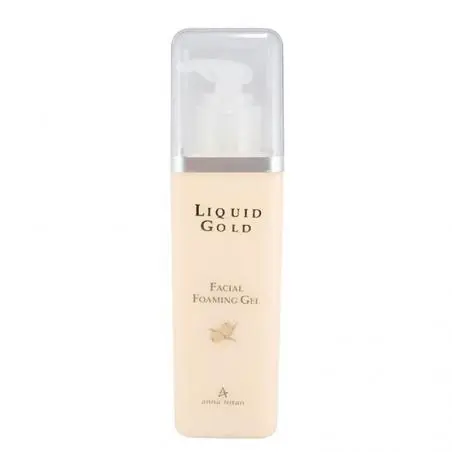
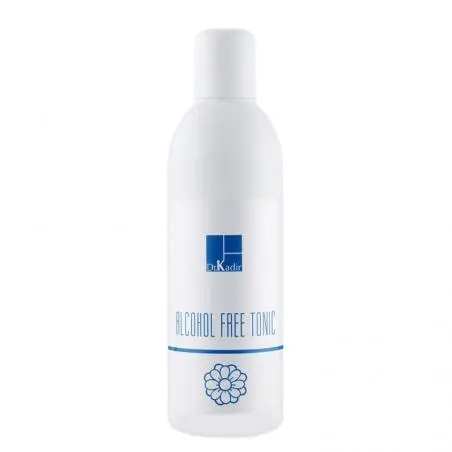
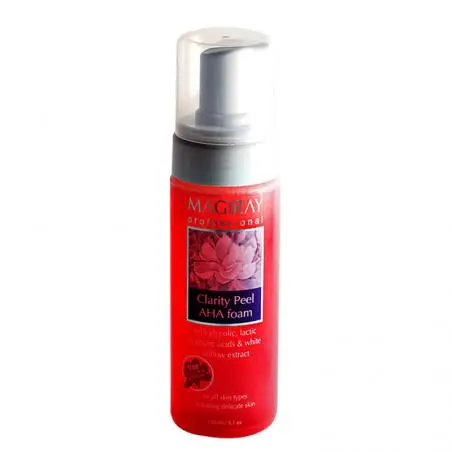
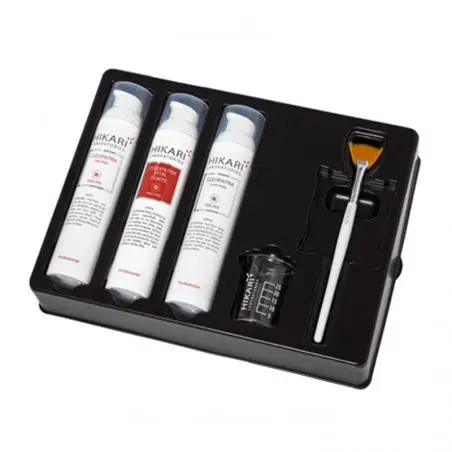
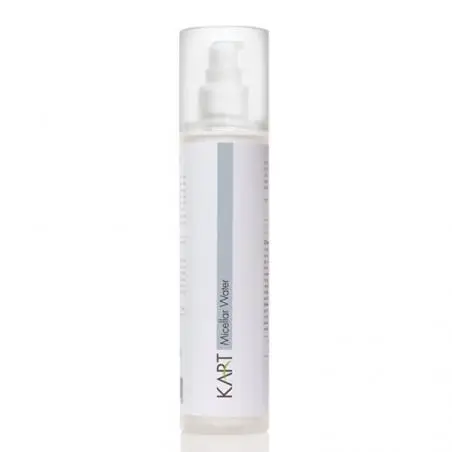
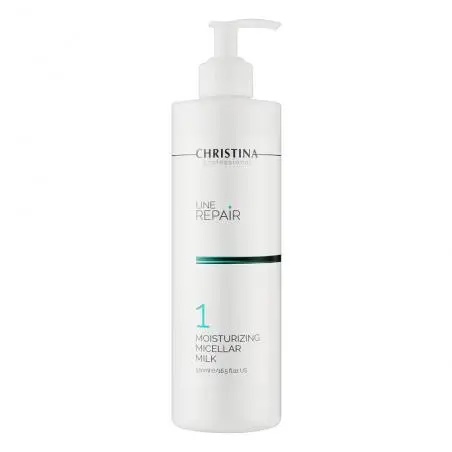

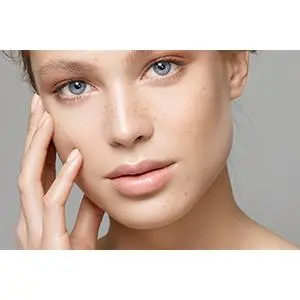

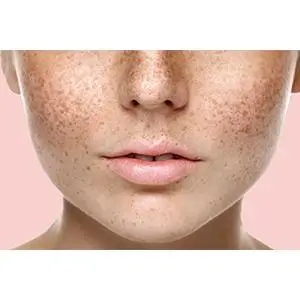
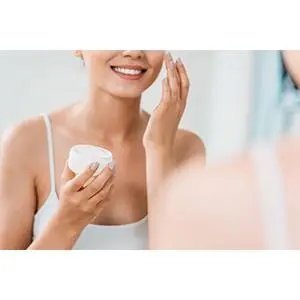

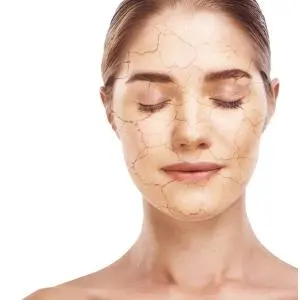


Comments
Leave your comment